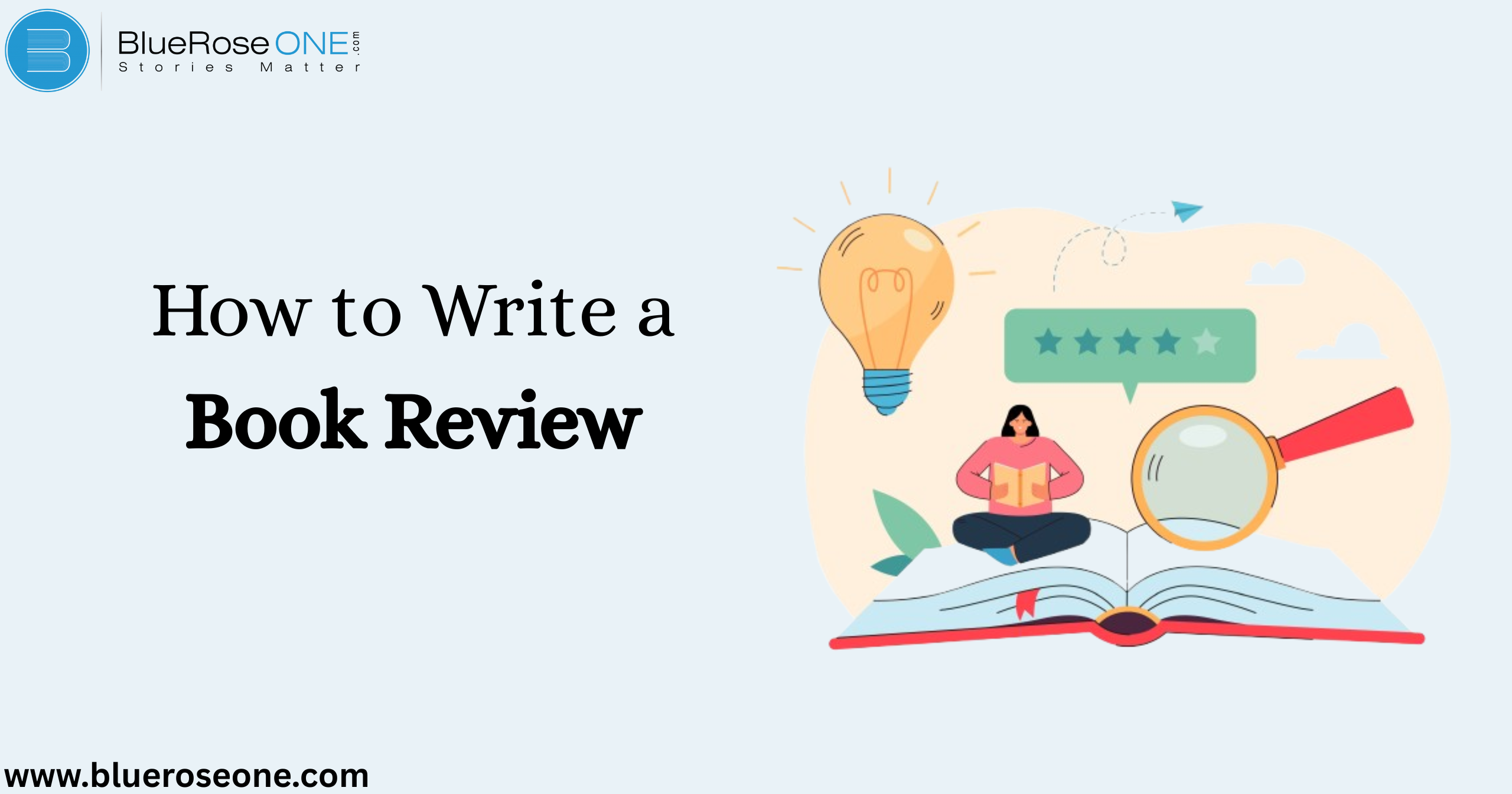Have you ever finished a book and felt compelled to express your thoughts? That is precisely where a book review comes in. A book review allows you to go into the pages and tell others what worked, what didn’t, and whether it should be added to their reading list.
Book reviews are not only for critics. Whether you’re a casual reader, a student, or a blogger, learning how to write a book review can help you connect with other readers, improve your analytical skills, and possibly influence someone else’s next great read.
Preparing to Write the Review
Choose the Right Book
Read Actively and Take Notes
Understand the Genre and Context
Before writing a book review, it is critical to comprehend the genre and context of the work. Knowing if it’s a mystery, romance, historical fiction, or nonfiction influences how you rate it. Each genre adheres to distinct conventions and reader expectations. Consider the author’s history, the time period in which the book was written, and the target audience. This context enables you to deliver a more accurate and informative review.
You may also like: Best Software for Typesetting Books and Magazines in 2025
Key Elements of a Book Review
Book Information
Start by stating the basics:
- Title
- Author
- Genre
- Publication date and publisher
This helps your reader get oriented right away.
Summary of the Book
Before writing your review, create a quick synopsis of the book. This provides context for those who are unfamiliar with the story. An excellent synopsis highlights the primary narrative, setting, key characters, and central conflict while avoiding spoilers. Concentrate on the author’s intention and the overall direction of the story. This section should be succinct, objective, and informative, allowing readers to grasp the book’s thesis at a glance.
You may also read: Top 20 Best Mystery Thriller Books You Need to Read in 2025

Evaluation of Key Elements
Plot
Characters
Write Style
Themes
Your Personal Opinion
Strengths & Weakness
Final Recommendation
In the final paragraph of your book review, state if you would recommend the book to others. Consider the intended audience, subjects, writing style, and overall impact. A balanced approach that recognizes both strengths and shortcomings is essential. Whether you suggest the book or not, explain your reasons so that readers can decide if it matches their choices or interests.
You may also like: Latest Sahitya Akademi Awards Winners List (Updated)
Structuring Your Book Review
Introduction Paragraph
Body Paragraphs
Conclusion Paragraph
The final paragraph of a book review is critical for making a lasting impression on the reader. It should summarize your general ideas and highlight crucial topics from the review. This is also where you can make a recommendation, whether you think the book is appropriate for a specific audience or not. A well-written conclusion adds closure, making the review feel complete and providing readers a clear sense of your evaluation.
You may also like: What is Typesetting? A Beginner’s Guide to Perfect Page Layouts
Tips for Writing an Engaging Book Review
Be Honest but Respectful
Avoid Spoilers
Use Examples
Write with Personality
Allow your own voice to shine through when writing a book review. Readers prefer personal and real evaluations over those that are overly professional or generic. Share your emotional reactions, favorite quotations, and standout moments. Using a conversational tone can make your review more relatable and interesting to read. A dash of humor or passion can make your point of view more interesting and memorable for others.
You may also read: Fifty Shades of Grey: Book Review | BlueRoseOne
Common Mistakes to Avoid
Retelling the Whole Plot
Being Overly Harsh or Overly Positive
Ignoring the Intended Audience
Ignoring the appropriate audience is a typical error while writing a book review. A review for casual readers should utilize easy language and emphasize overall enjoyment, whereas an academic review should incorporate critical analysis and context. Failure to modify your tone, terminology, and material may confuse readers or make the review less engaging. Always evaluate who will be reading your review and tailor your approach accordingly for optimum impact.
You may also like: WhiteSmoke Review: Features, Pricing, Pros & Cons
Where to Publish Your Book Reviews
Goodreads – Perfect for connecting with fellow readers and seeing how your opinion stacks up.
Amazon – Your review can help others make purchasing decisions and it supports the author.
Personal Blog or Website – Build your brand as a book reviewer. Plus, it’s your turf. You set the rules.
Social Media & Bookstagram – Quick reviews, aesthetic photos, and hashtags make for a powerful combo. Great for reaching younger audiences.
Example Book Review Template
Title: Book Title
Author: Author’s Name
Genre: Genre
Rating: ★★★★☆ (4/5)
Summary: [A quick, spoiler-free overview]
What I Liked: [Your favorite parts—characters, plot, style, etc.]
What Didn’t Work for Me: [Weak spots, if any]
Final Thoughts: [Would you recommend it? To whom?]
















